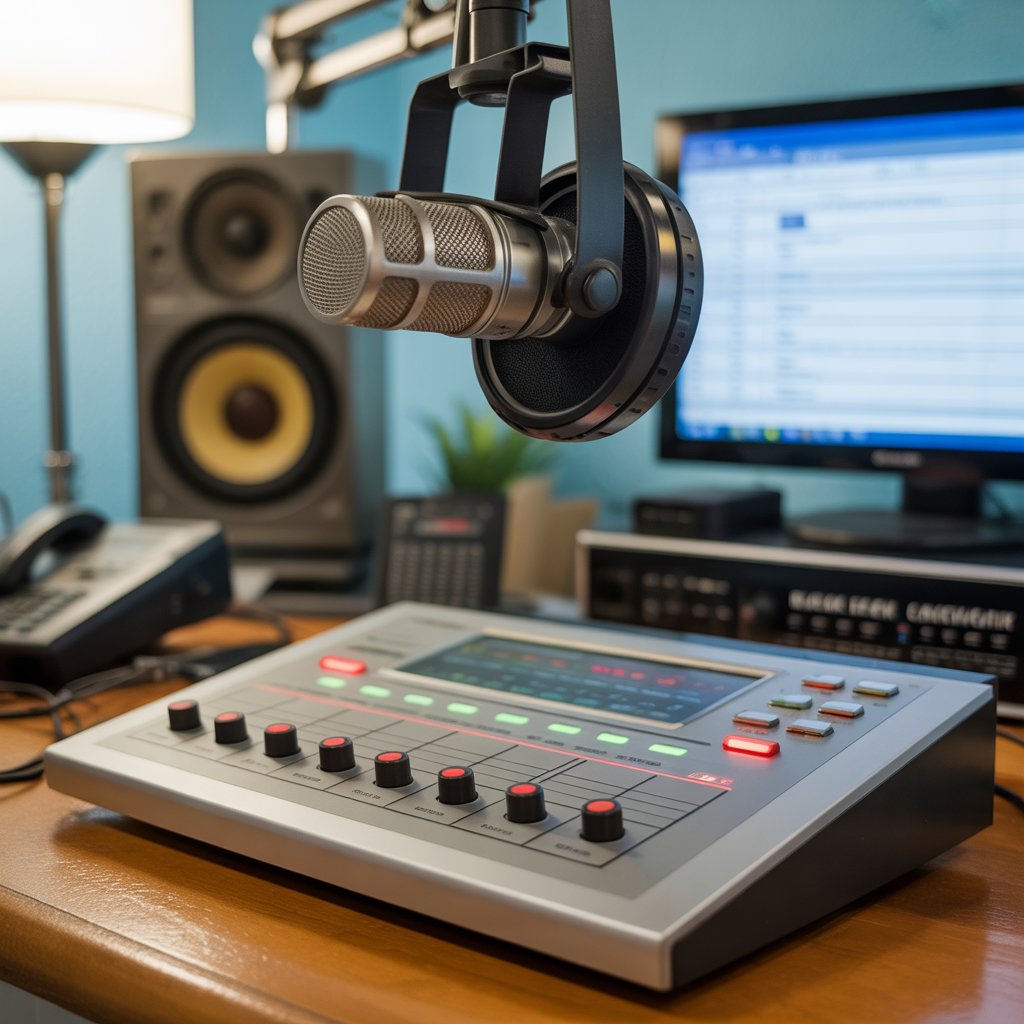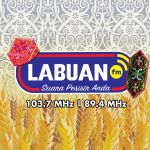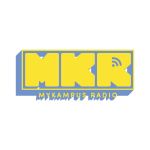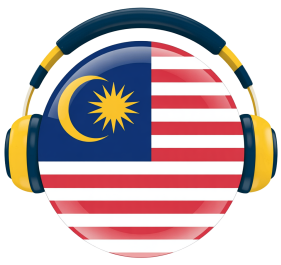Radio remains a vibrant and essential medium in Malaysia, connecting millions of listeners across urban and rural areas with entertainment, news, and cultural content. With a rich history dating back to the 1920s, Malaysia’s radio landscape has evolved significantly, embracing both traditional FM/AM broadcasts and modern digital platforms. But a common question arises: how many radio stations are there in Malaysia? This blog post dives into the details, exploring the number of stations, their types, ownership, and the factors shaping the industry’s growth.
Quick Answer
As of the latest available data, Malaysia has a total of 68 radio stations, comprising 24 private radio stations and 44 government-owned stations operated under the Radio Televisyen Malaysia (RTM) group. This number reflects stations broadcasting on FM, with additional international AM stations like BBC World Service and Voice of Vietnam accessible in Malaysia.
The Evolution of Radio in Malaysia
Historical Background
Radio broadcasting in Malaysia began in the 1920s during the British colonial era, with the first official service, Radio Malaya, launching in 1946. After Malaysia’s independence in 1957, Radio Malaya was rebranded as Radio Malaysia, and by 1969, it merged with television services to form Radio Televisyen Malaysia (RTM). The 1980s marked a shift from AM to FM broadcasting, improving sound quality and reach. By the 1990s, private radio stations emerged, breaking RTM’s monopoly and diversifying the market.
Growth of Private and Public Stations
The introduction of private stations in the late 1980s, such as Best FM and later Hitz FM in 1997, transformed Malaysia’s radio landscape. Today, RTM operates 44 stations, including national networks and regional stations, while private operators like Astro Radio and Media Prima manage 24 commercial stations. This mix ensures a wide range of content catering to Malaysia’s multicultural population.
Types of Radio Stations in Malaysia
Government-Owned Stations (RTM)
RTM, Malaysia’s public broadcaster, manages 44 radio stations, including six national networks and 38 regional stations. These stations broadcast in multiple languages, including Malay, English, Chinese, Tamil, and indigenous languages like Iban and Kadazan. Examples include:
- Radio Klasik: Focuses on traditional Malay music.
- TraXX FM: Caters to English-speaking audiences with contemporary music and talk shows.
- Ai FM: A Chinese-language station offering Mandarin and dialect content.
- Minnal FM: A Tamil-language station for Indian listeners.
- Asyik FM: Serves indigenous communities with content in languages like Semai and Temiar.
Regional stations, such as Kelantan FM and Sabah FM, provide localized content, ensuring relevance to specific communities. RTM’s stations are funded by the government and focus on public service, education, and cultural preservation.
Private Radio Stations
Private radio stations, totaling 24, are primarily owned by media conglomerates like Astro Radio, Media Prima, and Star Media Group. These stations target diverse demographics with commercial content, including music, entertainment, and lifestyle programming. Popular private stations include:
- Hitz FM: Malaysia’s leading English-language station, targeting young listeners aged 10–29 with contemporary hits. It boasts over 2.2 million weekly listeners.
- ERA: The top Malay-language station, with 5.3 million weekly listeners, known for its youth-oriented music and talk shows.
- Sinar FM: Appeals to mature Malay audiences with classic and contemporary music, reaching 5 million weekly listeners.
- MY FM: A leading Chinese-language station with 2.7 million weekly listeners, focusing on adult contemporary music.
- 988 FM: A Chinese-language station popular in northern Malaysia, with 2.17 million weekly listeners.
Community and University Stations
In addition to public and private stations, Malaysia has community and university-based stations like Putra FM (Universiti Putra Malaysia) and UFM (Universiti Teknologi MARA). These stations, though fewer in number, serve niche audiences with educational and local content.
Language and Cultural Diversity
Multilingual Broadcasting
Malaysia’s multicultural society is reflected in its radio stations, which broadcast in Malay, English, Chinese (Mandarin, Cantonese, Hokkien, Hakka), Tamil, and indigenous languages. According to a 2018 survey, Malay-language stations have the highest weekly reach at 62.7%, followed by English, Chinese, and Tamil stations. This diversity ensures that radio remains accessible to Malaysia’s varied ethnic groups.
Catering to Specific Audiences
Stations like Zayan FM target modern Muslim listeners with lifestyle and religious content, while THR Raaga focuses on Tamil-speaking audiences with music and cultural programming. This segmentation allows stations to connect deeply with specific communities, enhancing listener engagement.
The Role of Digital Platforms
Shift to Online and Digital Radio
The rise of digital platforms has transformed Malaysia’s radio industry. Many stations now offer online streaming through websites and apps like radioonline.my and myTuner Radio, making them accessible globally. Social media has also boosted stations’ reach, with ERA leading in online followers across platforms like Facebook (1.3 million) and Instagram.
Podcasts and Smart Speakers
The advent of podcasts and social audio platforms like Spotify and Clubhouse has prompted stations to explore new formats. Some stations, like BFM 89.9, produce podcasts alongside traditional broadcasts, catering to younger, tech-savvy audiences. The industry is also experimenting with 5G technology and smart speakers to enhance accessibility.
Audience Reach and Popularity
Listener Statistics
Radio enjoys a 97.2% reach in Peninsular Malaysia, with 21.6 million weekly listeners as of 2022. Astro Radio alone accounts for 16.1 million listeners, dominating the market. Selangor has the highest number of listeners (5.2 million), reflecting its large population. Peak listening hours align with morning and evening commutes, highlighting radio’s role in daily life.
Top Stations by Reach
- ERA: 5.3 million weekly listeners, popular among young Malay audiences.
- Sinar FM: 5 million weekly listeners, favored by mature Malay listeners.
- Hitz FM: Over 2.2 million weekly listeners, leading English-language station.
- MY FM: 2.7 million weekly listeners, dominant in Chinese-language radio.
- 988 FM: 2.17 million weekly listeners, strong in northern Malaysia.
Challenges and Future Trends
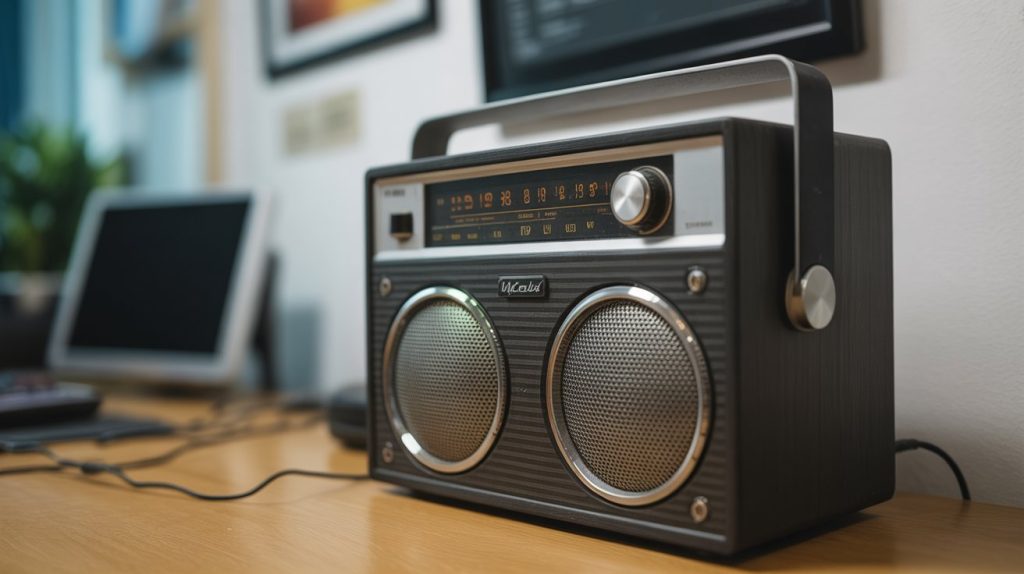
Frequency and Transmission Limitations
One challenge facing Malaysia’s radio industry is limited frequency availability, particularly in urban areas. This has led to discussions about frequency replanning to accommodate new stations. Additionally, rural areas face transmission challenges, though digital platforms are helping bridge this gap.
Embracing Technology
The future of radio in Malaysia lies in its ability to adapt to technological advancements. The transition to digital radio, integration with 5G, and expansion onto smart speakers are key trends. Stations are also investing in social media and video content, with Astro Radio reporting 177.4 million video views and 26.6 million social media followers in 2022.
Competition and Market Dynamics
The radio market is competitive, with Astro Radio and Media Prima dominating the private sector. Smaller players like Star Media Group (Suria FM, 988 FM) face challenges in expanding their reach. However, the industry’s ability to cater to niche audiences ensures continued relevance.
Conclusion
Malaysia’s radio landscape is a dynamic blend of 68 stations—24 private and 44 government-owned—serving a diverse, multilingual population. From RTM’s public service broadcasts to commercial giants like Hitz FM and ERA, radio remains a vital medium with a 97.2% reach in Peninsular Malaysia. The industry’s embrace of digital platforms, podcasts, and social media ensures its continued growth, despite challenges like frequency limitations. As technology evolves, Malaysia’s radio stations are poised to remain a cornerstone of entertainment and information, reflecting the nation’s rich cultural tapestry.
